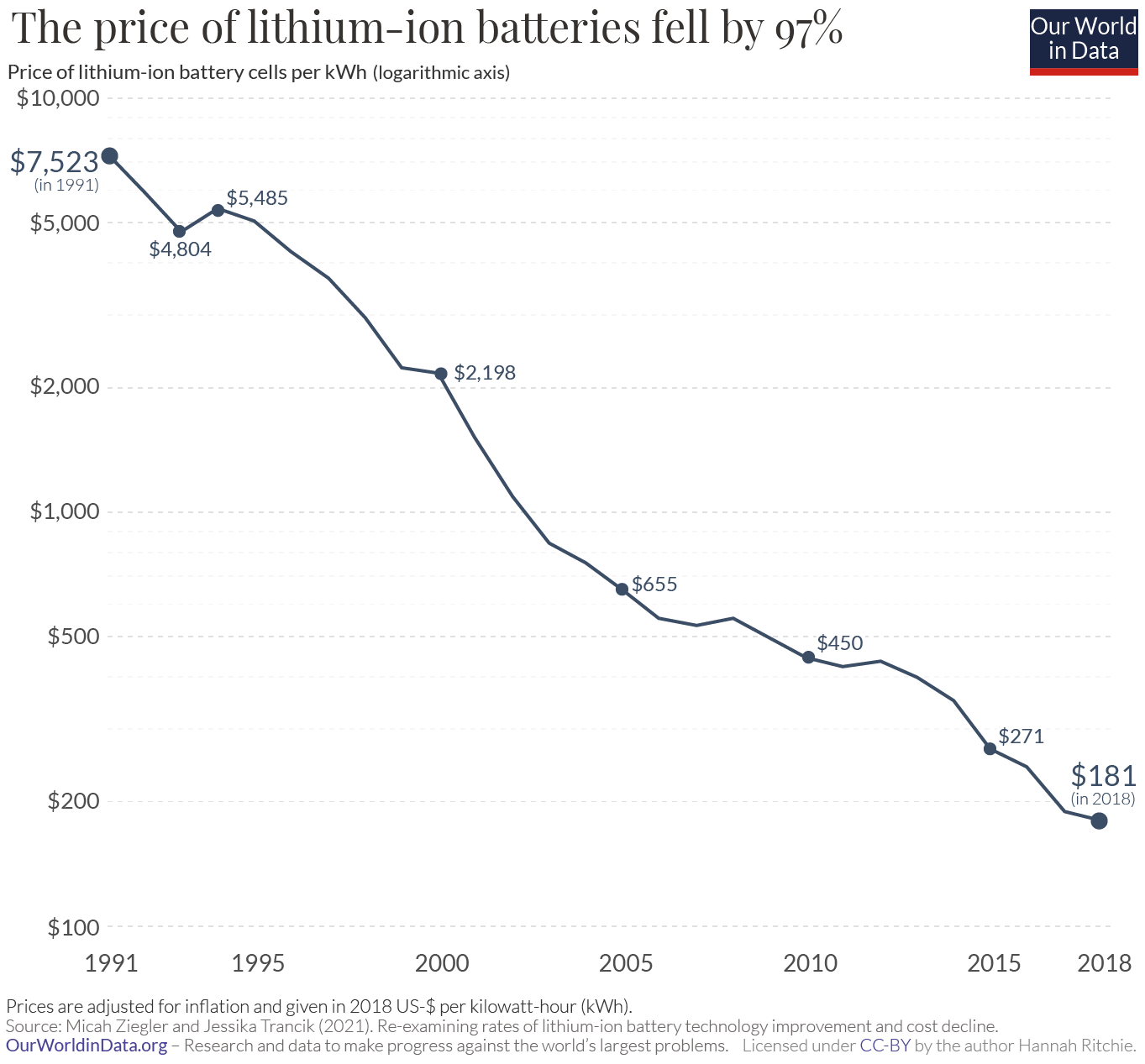The Future of Home Battery Systems
Advances in battery tech, like CO₂ and iron flow batteries, are boosting home energy storage and cutting reliance on rare earth minerals.

Batteries have long been a vital component in various technologies, from consumer electronics to now electric vehicles (EVs). Over the years, there have been significant advancements in battery technology, leading to more cost-effective and higher-capacity solutions. These innovations have paved the way for new applications, particularly in powering homes and improving energy efficiency overall.
Talent New Energy, a chinese startup, recently revealed their new all-solid-state lithium battery, which boasts twice the energy density of semi-solid-state batteries. This breakthrough is a result of Talent's advancements in materials and processes (such as ultra-thin dense composite oxide solid-state electrolytes, high-capacity cathode and anode materials, and an integrated solid-state battery molding). With this technology, in a few years, EVs could potentially offer a range of up to 2,000 kilometers; and fundamentally solve the range and safety anxiety of traditional lithium-ion batteries.
Home battery use in particular is expected to grow in 2024/2025, driven by advancements in battery technology, favorable government policies, and increasing environmental awareness. This surge in growth is not limited to lithium-ion batteries, as sodium-ion batteries are also gaining traction, with companies like CATL mass-producing them and EVs starting to use them.
Lithium-ion batteries, with their high energy density and long lifespan, remain a popular choice for various applications. Talent's latest advancements in lithium-ion batteries have set new industry records for single cell capacity and highest energy density. Despite the competition, lead-acid batteries still have a role to play, particularly in stationary use cases.

Although lithium-ion and sodium-ion batteries are popular solutions in today’s world for grid storage and off-grid applications, other batteries have emerged to serve this purpose. CO2 batteries, developed by Energy Dome, store energy by compressing and liquefying CO2. However, the high temperatures required to keep the metals liquid reduce the battery's working efficiency. Companies like ESS are meeting a growing interest in long duration energy storage, with their “iron” flow batteries made up of iron, salt and water. Both companies make giant tank-size batteries that last hours longer than conventional lithium-ion systems, and don’t present fire risks or require the use of rare earth minerals; this is important because carbon gas emissions from mining and resources extraction results in over $3T in damages worldwide every year. If we can avoid using rare earth minerals, our carbon emissions decrease drastically.
These companies are instrumental to our future electrical grid because they are finding ways for utilities to store clean energy so it can be dispatched when solar and wind aren’t available, helping make the grid more resilient. If all goes as planned, ESS will eventually provide 2 gigawatt-hours of storage capacity in Sacramento, enough to power about 182,000 U.S. homes and cut 284,000 metric tons of CO2 emissions per year.
Ready to Start Earning?
Join thousands of users who are already earning rewards while helping the environment.